The Little Mermaid was inspired by Hans Christian Andersen’s own queer heartbreak
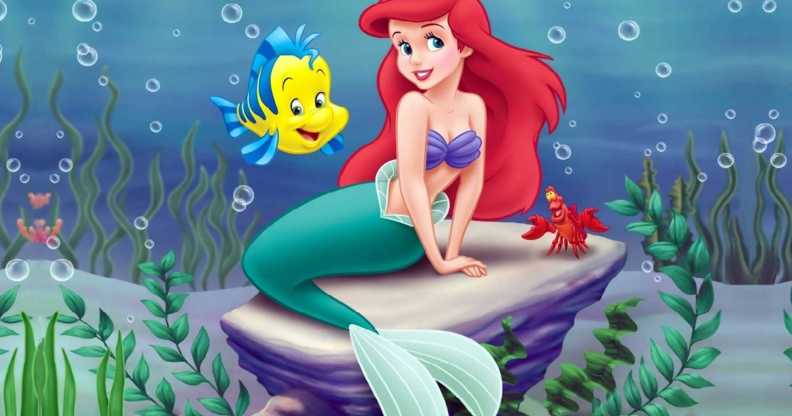
Hans Christian Andersen wrote his original Little Mermaid after he was left heartbroken. (Disney)
Danish writer Hans Christian Andersen is recognised around the world for his beloved fairytales, but few know the author’s most famous story was inspired by his own queer heartbreak.
Unless you’ve been living under a rock, or under the sea somewhere, it’s no secret that Disney fans have been floundering ever since the news that there would be a live action remake of The Little Mermaid.
People cried over The Little Mermaid casting Halle Bailey, a Black singer and actor, as Ariel because they didn’t think it was ‘accurate’ to Andersen’s original story.
Let’s be real, the Twitter hate brigade doesn’t really care about accuracy because if they did, they would have raged over the 1989 animated movie ending with the titular mermaid getting her romantic end with the prince of her dreams instead of losing him in a sorrowful metaphor for Anderson’s love life.
This won’t come as a surprise to anyone who has read any of Andersen’s fairytales. Many of them touch on themes of unrequited romantic longing, with characters like the Little Mermaid or the Steadfast Tin Soldier dying after having their heart broken.
Andersen never had any official romantic relationships, but scholars definitely believe he was queer because of his infatuations with both men and women throughout his life.
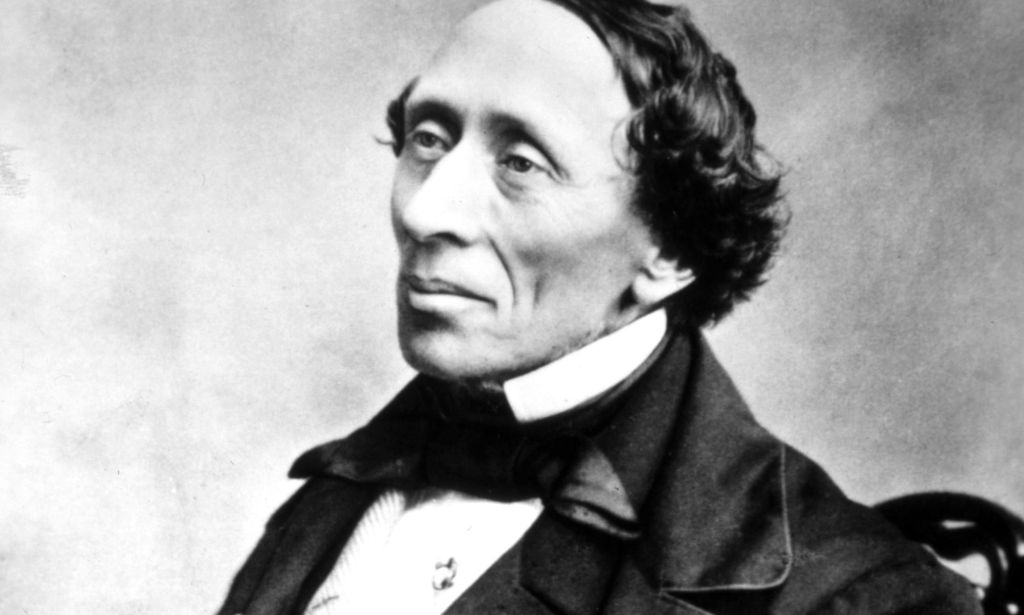
Hans Christian Andersen was born 2 April, 1805 in Odense, Denmark. While his family wasn’t wealthy, a young Andersen attended boarding schools for more privileged families.
In 1819, he travelled to Copenhagen to work as an actor and returned to school after a while, supported by a patron named Jonas Collin.
Andersen began writing during this period, but it would be another decade before he would find literary fame. In 1829, he produced his first literary work, a short story entitled “A Journey on Foot from Holmen’s Canal to the East Point of Amager”, which became an immediate success.
He followed this with the publication of a play, some poetry, a novel and eventually began producing fairytales.
Andersen also was a prolific letter writer and expressed his romantic feelings for people in his life in his diaries. One of these people was Edvard Collin, the son of Andersen’s patron.
Andersen’s letters contained his deep emotions for Collin, but these feelings were ultimately unrequited. He described longing for Collin as if he were a “lovely girl” and yearningly said his “sentiments for you are those of a woman”.
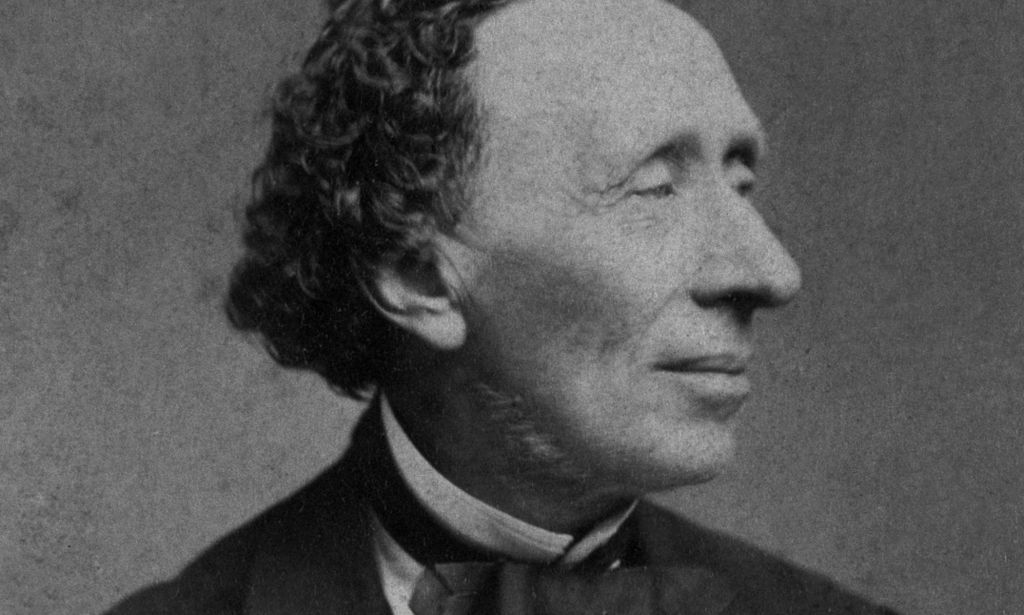
The fact that Collin didn’t reciprocate these romantic feelings was a cause of distress for Andersen, and the author fled to the island of Fyn when Collin got married in 1836. It was there that the despondent Andersen penned a fairytale about a heartbroken mermaid.
Rictor Norton, a writer who focuses on LGBTQ+ history, noted in his 1998 book My Dear Boy: Gay Love Letters Through the Centuries that the story of Andersen’s love life was reflected in the fairytale.
Norton described that The Little Mermaid was “written when Collin decided to get married” and Andersen displayed “himself as the sexual outsider who lost his prince to another”.
Andersen was also infatuated with Danish dancer Harald Scharff, Norton said, and wrote deeply emotional letters to Carl Alexander, the hereditary grand duke of Saxe-Weimar-Eisenach.
In one letter, Andersen described loving Alexander as a “man can only love the noblest and best”, and he felt the other man was “more ardent, more affectionate” towards him after one meeting.
He wrote in another letter: “I quite love the young duke, he is the first of all princes that I really find attractive.”
In his diary, Anderson described an almost fairytale moment where Alexander “walked arm in arm” with the author and “kissed [him] lovingly” before asking him “always to love him though he was just an ordinary person”.
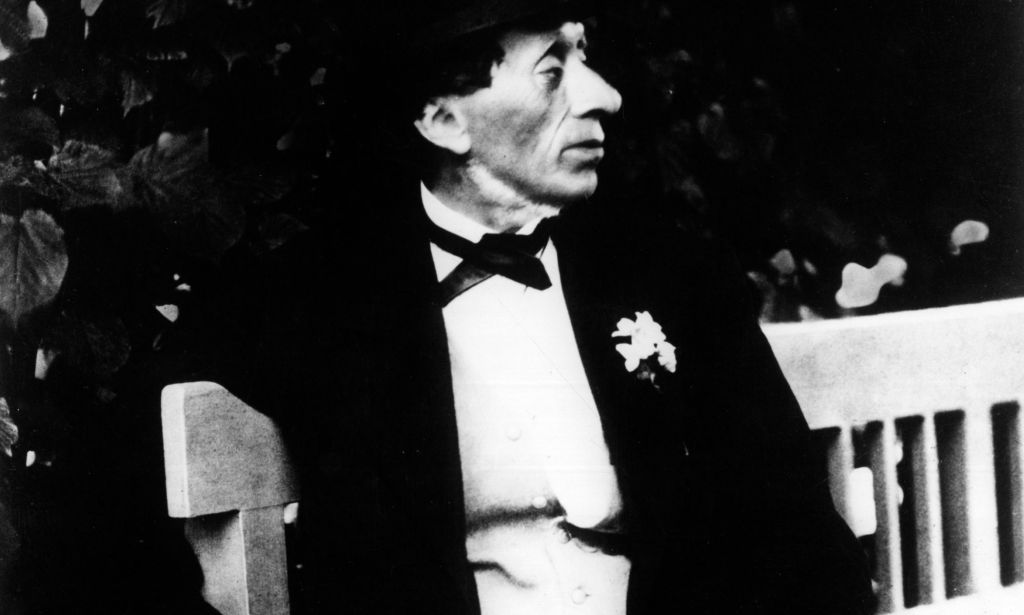
Hans Christian Andersen also nurtured infatuations with women, and he once proposed to Swedish opera singer Jenny Lind. His classic story The Nightingale is believed to be inspired by her, and it earned her the moniker of The Swedish Nightingale.
Andersen awkwardly proposed marriage to Lind in a letter, but she rejected him, saying she saw the author more as a brother.
In his early journals, he wrote about his choice to abstain from sexual relationships, which has led some historians to question if he was asexual.
Andersen discussed masturbation a lot in his diary. He was very candid in his diary about his concerns about penis pain reportedly “due to masturbation”, according to the Hans Christian Andersen Centre.
He also visited brothels, but from what he wrote in his personal diaries, he mostly talked to the women there. On 5 May 1867, he described going to a “shop which traded in human beings”, spoke to a lady, “paid 12 francs and left without having sinned in action but probably in thought”.
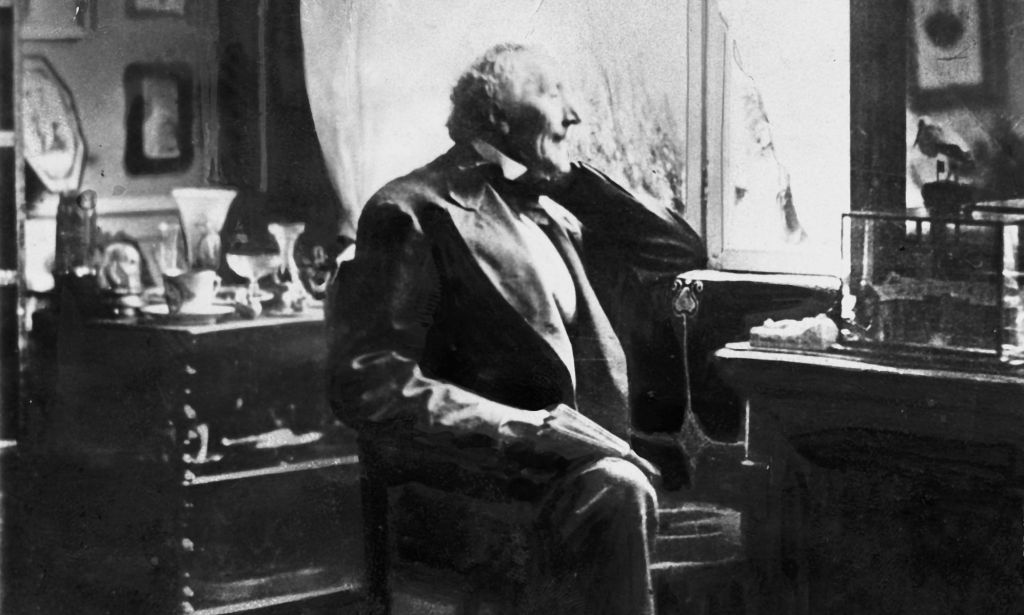
It’s difficult to define Han Christian Andersen’s queer identity, and various people have argued he was bisexual, biromantic or gay.
Klara Bom and Anya Aarenstrup, from the Hans Christian Andersen Centre of University of Southern Denmark, even use the word “asexual” when describing the writer’s feelings for other men.
They believe these infatuations are “platonic”, though LGBTQ+ people will know the long history of queer romances being ignored because of the ‘they were just friends’ mentality. They linked Andersen’s apparent aversion to sex to “very traumatic” elements in his “emotional life concerning the sexual sphere”.
Anderson died in 1875, so wouldn’t have described himself or his identity in any of our modern terms. But his writings suggest he was he was a person who loved people of different genders, and who struggled when they didn’t love him in the same way back – something many will relate to.
How did this story make you feel?

